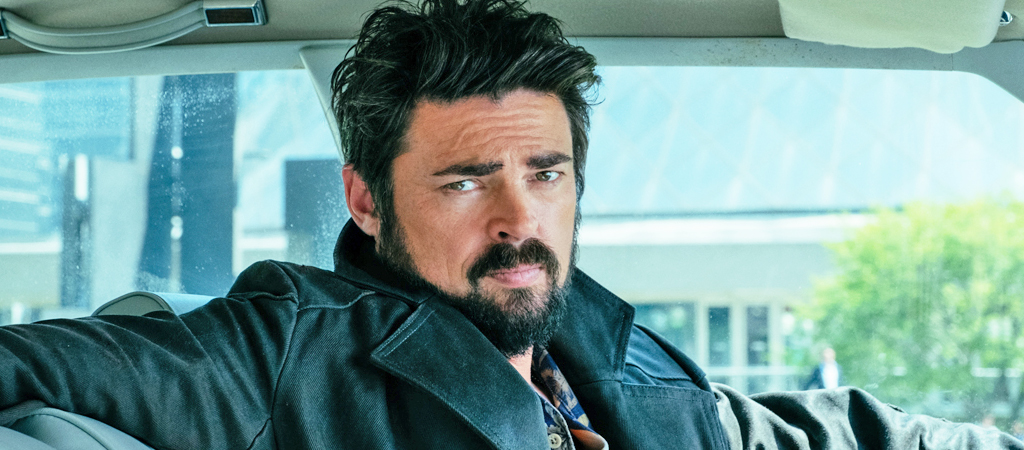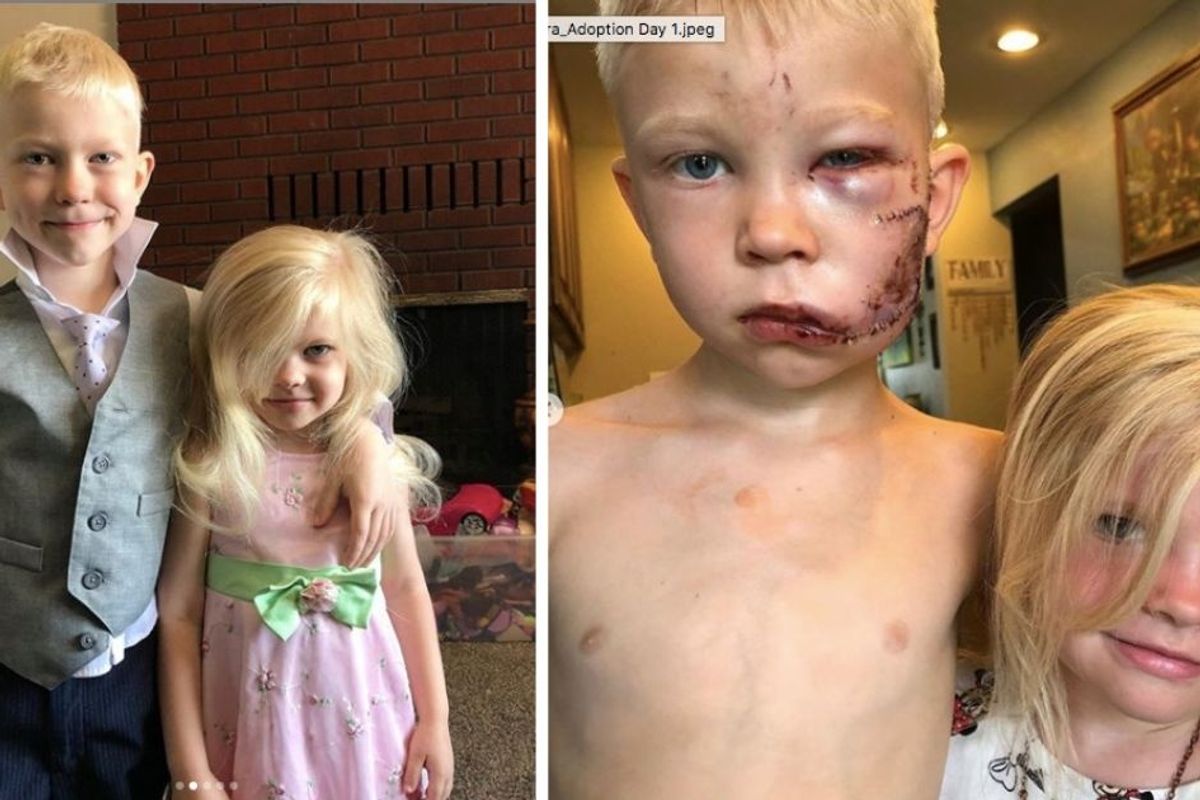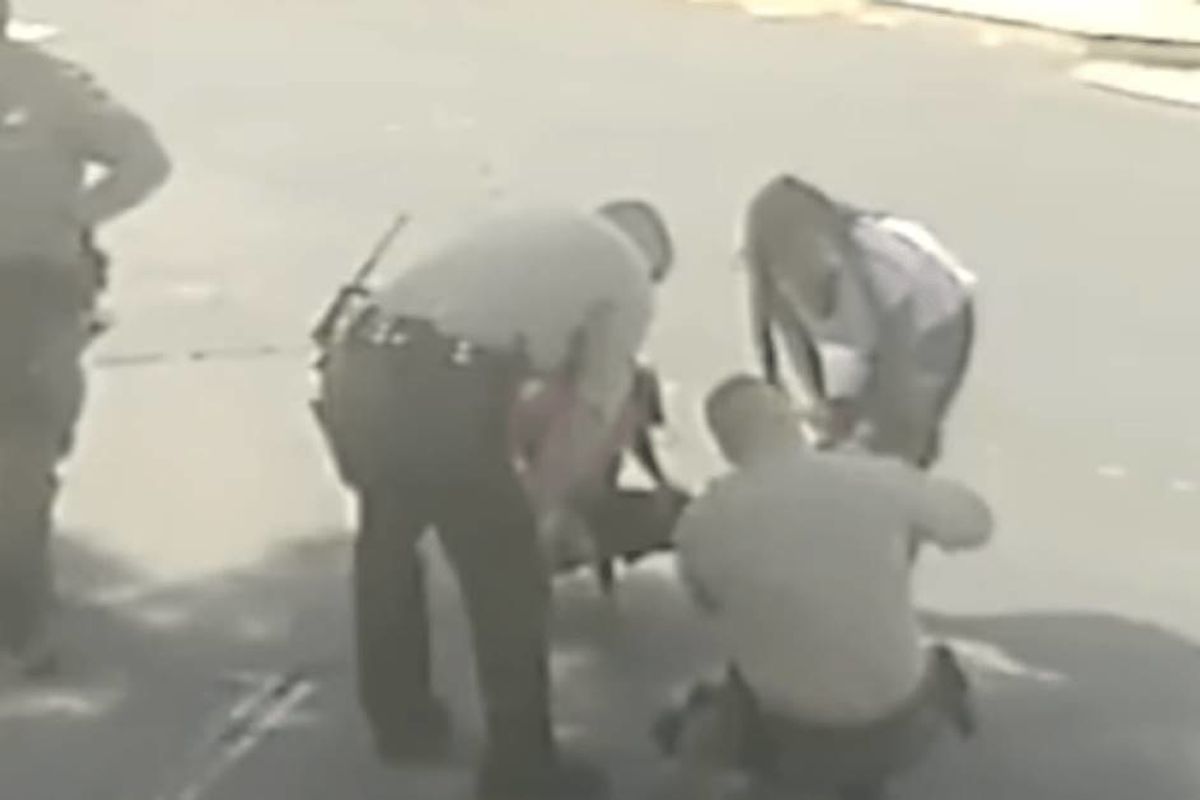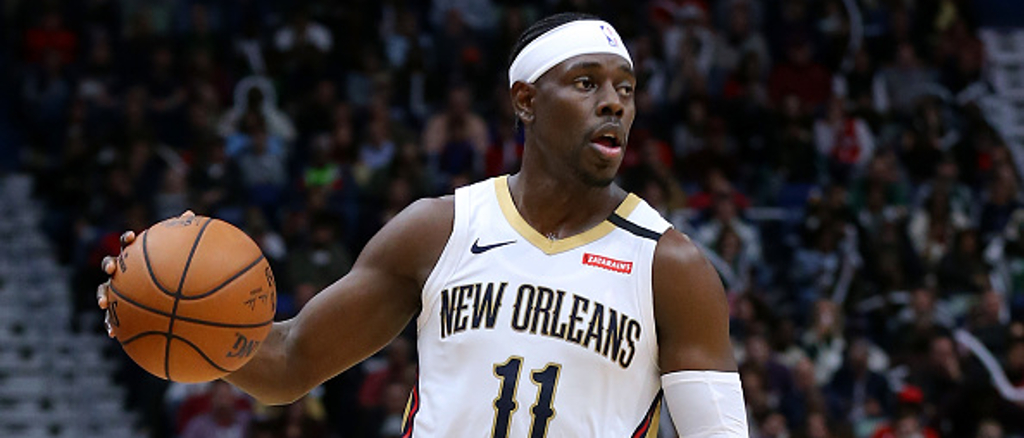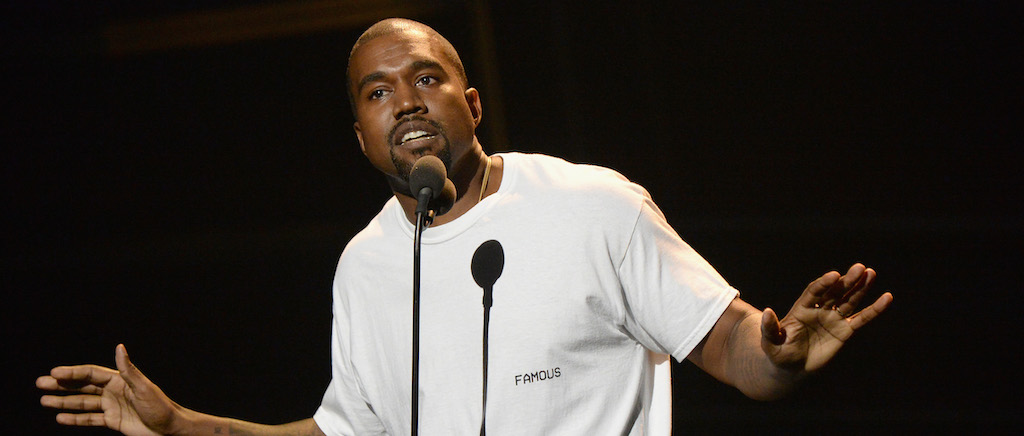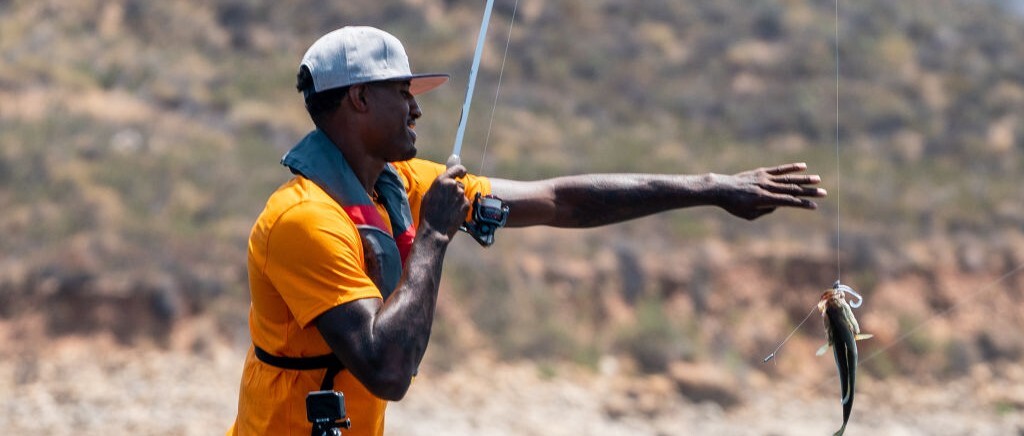
Most of the NBA players that will participate in the restart have been in the Disney Wide World of Sports bubble for just over a week, and are starting to find a groove when it comes to taking advantage of the various entertainment options at their disposal.
So far, one of the biggest hits has been bass fishing on the well-stocked lake by the hotel, where players have been thrilled to show off their catches on social media. Along with fishing, players have taken to the golf courses for some relaxation, as well as throwing some bags on the cornhole boards, and have a rec room outfitted with ping pong tables, pool tables, and much more. The videos that have emerged on social media of players enjoying their free time together, as the NBA restart has effectively become a summer camp, got us thinking there’s a chance here to return to the halcyon days of ESPN2, when tertiary sports dominated the weekends.
The Deuce is now just an extension of ESPN, but it once had its very own unique personality, specifically on Saturdays and Sundays where you’d get live broadcasts of everything from bass fishing, to bowling, to drag racing, to billiards. A lot of these things are what players are already doing in the bubble, and this is my official proposal to the Worldwide Leader to bring ESPN2 back to glory via the Disney bubble with a stacked NBA bubble weekend lineup.
SATURDAY
10 a.m. ET — NBA Bassmaster Classic Day 1
Three members of each NBA team take off in the little pontoon boats to various corners of the lake for a two-hour competition to see who can land the most bass, by weight. Standard Bassmasters Classic rules apply: The fish must be 12 inches long to qualify and must be alive at weigh-in to count so they can be released back. The Clippers, with Paul George and Montrezl Harrell, would be heavy favorites in this competition, but we’ve seen some others really take to this whole fishing deal. Hopefully we can get Bill Dance on the broadcast. I mostly mention that so I have a reason to drop in one of the internet’s finest videos.
Top-10 teams make it to Sunday’s championship round.
12 p.m. ET — NBA Cornhole Championships
For those that aren’t inclined to fish, maybe tossing some bags is more their speed. Cornhole remains a staple of ESPN2 broadcasts and if we get the players mic’d up this could feature some terrific trash talk.
1 p.m. ET — NBA 9-ball
Somewhere in the league there’s some pool sharks and I want to find out who they are. I’d bet a handsome sum of money that Chris Paul knows his way around a billiards table. This is an ESPN2 classic event, that I’m pretty sure sometimes happened at the WWoS, but definitely used to go down at various ESPN Zones (RIP).
2 p.m. ET — NBA Trick Shot Magic
We stay at the pool table for some Trick Shot Magic. I don’t know why but I feel strongly that Ben Simmons could master trick shot billiards. I also demand that the competitors must dress like Mike Massey in very colorful vests.
3 p.m. ET — NBA Table Tennis Tournament Day 1
This is a two-day event, because for those that don’t know, ping-pong is a wildly popular game in NBA locker rooms and we probably could easily fill out a 64-player bracket for this — singles play only, of course, given the league’s ban on doubles play. Seeding is done at random, best of 3 format. Fire it up.
SUNDAY
10 a.m. ET — NBA Bassmaster Classic Finals
The 10 teams that led in weight from Day 1 hit the lake for Day 2. Cumulative two-day weight for the winner, winning team gets a specially cooked, fine-dining dinner for their entire squad while everyone else gets the regular daily meal. The tension would be palpable.
12. p.m. ET — NBA Bowling Open
I have to assume somewhere at the WWoS there’s a bowling alley and we could make a bowling tournament happen with masks on, guys separated a lane apart, no one can share bowling balls. Chris Paul has the top seed, but I know there are some other guys out there that can really slam rocks and you know CP3 is going to take this far too seriously.
1 p.m. ET — NBA Timbersports
I feel like Steven Adams could dominate a Timbersports tournament. Get that man a chainsaw and let’s see what he can do.
2 p.m. ET — NBA Table Tennis Tournament Day 2
The conclusion of the NBA Table Tennis Tourney. At stake? A guest room at your disposal, well before Round 2 of the playoffs.
4 p.m. ET — Stump The Schwab
How did Howie Schwab get into the NBA bubble? Don’t ask questions you don’t want answers to.
4:30 p.m. ET — Long Drive Contest
Jayson Tatum reportedly has a 120 mph swing. Let’s see it in action against the rest of the league’s golfers in a Long Drive Contest.

